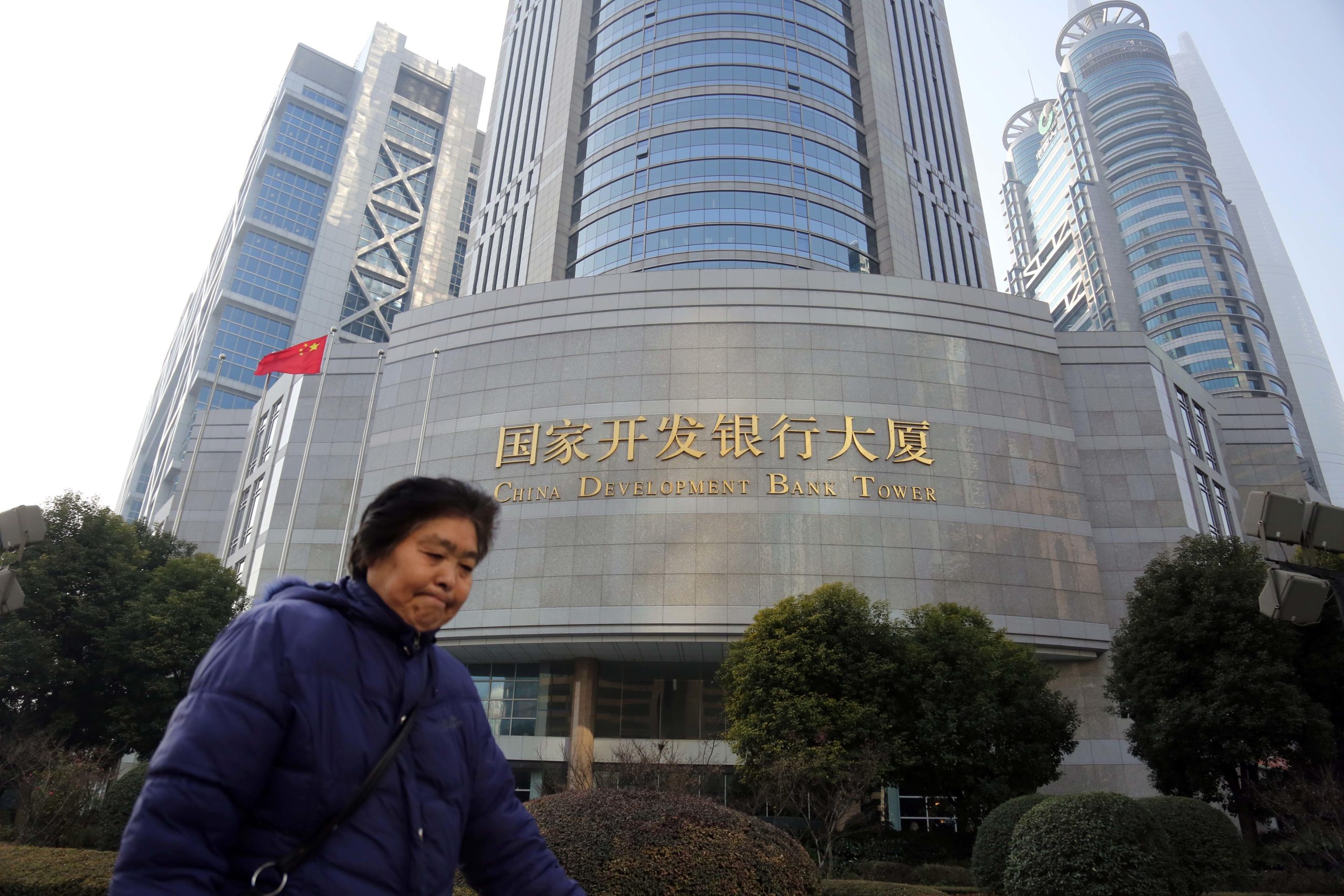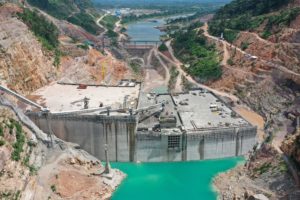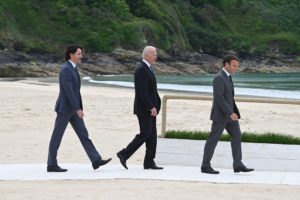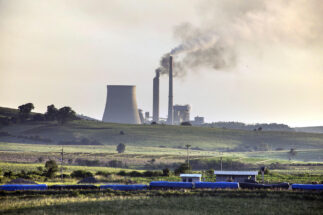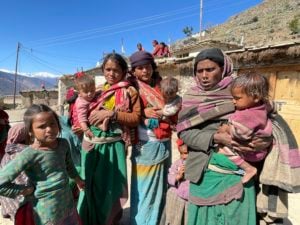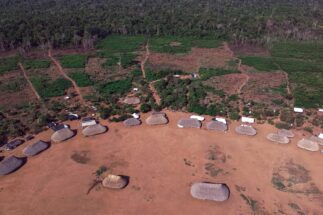Gone are the days of China’s lavish sovereign lending to Latin America – at least for now. For the second year in a row, in 2021 China’s policy banks – the China Development Bank (CDB) and China Exim Bank (Exim) – issued no new loans to the region, the latest update of The Dialogue and Boston University’s China-Latin America Finance Database has found.
Although the absence of new loans coincides with the economic downturn of the Covid-19 pandemic, which prompted CDB and Exim to focus on existing overseas projects and supporting China’s own development, the figures have declined year-on-year since US$21.3 billion was issued in 2015. There is a new emphasis on risk-aversion and profitability, according to Margaret Myers, director of the Asia and Latin America Initiative at The Dialogue.
“China’s continued efforts to align outward engagement with domestic growth objectives has led to a focus on specific, often high-tech, sectors that promote its own industrial upgrading,” Myers says. “Its financial institutions are increasingly trying to identify bankable, ‘high-quality’ projects.”

The decline in state-to-state deals that characterised the early stage of the China–Latin America partnership – and delivered mixed results – corresponds with an increasing diversity in terms of the financial actors involved. Commercial banks, including the commercial arm of CDB, commonly issue corporate loans directly to Chinese and Latin American companies, while private equity funds and co-financing initiatives are all actively seeking and financing opportunities in the region.
The earlier model of commodity-backed loans is typified by Venezuela, which has borrowed US$62.5 billion from China’s policy banks since 2005, some 45% of the total issued to the region. Yet, the petrostate’s economy slumped amid low commodity prices and US sanctions, prompting political and security challenges, and a strategic rethink for its Chinese creditors.
Despite this, future policy bank lending to Latin America cannot be ruled out, and the policy bank lending freeze should not be mistaken for a lack of interest, the report says.
Chinese finance in Latin America: No debt-traps
As Venezuela racked-up billions in Chinese debt, accusations proliferated that China was laying a “debt-trap”– a means of ensuring economic dependency and oil supplies by linking loan repayments to future sales. However, the past two years have shown such allegations to be misplaced, according to Boston University’s Rebecca Ray, a co-author of the research.
“We have already seen the ‘debt trap’ hypothesis thoroughly disproven over the last two years, as China has suspended debt payments rather than foreclose on assets underlying unsustainable debts,” Ray told Diálogo Chino.
The ‘debt trap’ hypothesis has been thoroughly disproven in the last two years
Ray points to the ongoing Chinese debt renegotiation processes with Ecuador, Suriname, and Argentina. These three countries have agreements with the International Monetary Fund (IMF) that mandate debt renegotiations with overseas creditors. Although Venezuela does not have a deal with the IMF, it will also likely renegotiate with China, which has shown leniency in offering grace periods for loan repayments on more than one occasion.
These, however, are short-term measures and more comprehensive, long-term actions are needed, Ray says. But as well as debt sustainability, the cases of Venezuela, Ecuador and Argentina – also major recipients of Chinese loans for fossil fuel and other energy projects – have also raised questions about the environmental sustainability of China’s Latin America loan portfolio.
‘Greening’ the Belt and Road Initiative
This year, the Belt and Road Initiative (BRI), the catch-all moniker for China-backed overseas infrastructure development, returned to Latin America. Argentina and Nicaragua joined the flagship connectivity strategy in February and January, respectively, bringing the total number of Latin American BRI members to 21.
Member countries may, however, encounter a newfound cautiousness among the Chinese financial institutions supporting the initiative. “Policy banks have been asked by the government to deleverage their lending risks, and that’s not exclusive to Latin America,” Yingzhi Tang of the Beijing-based International Institute of Green Finance told Diálogo Chino.
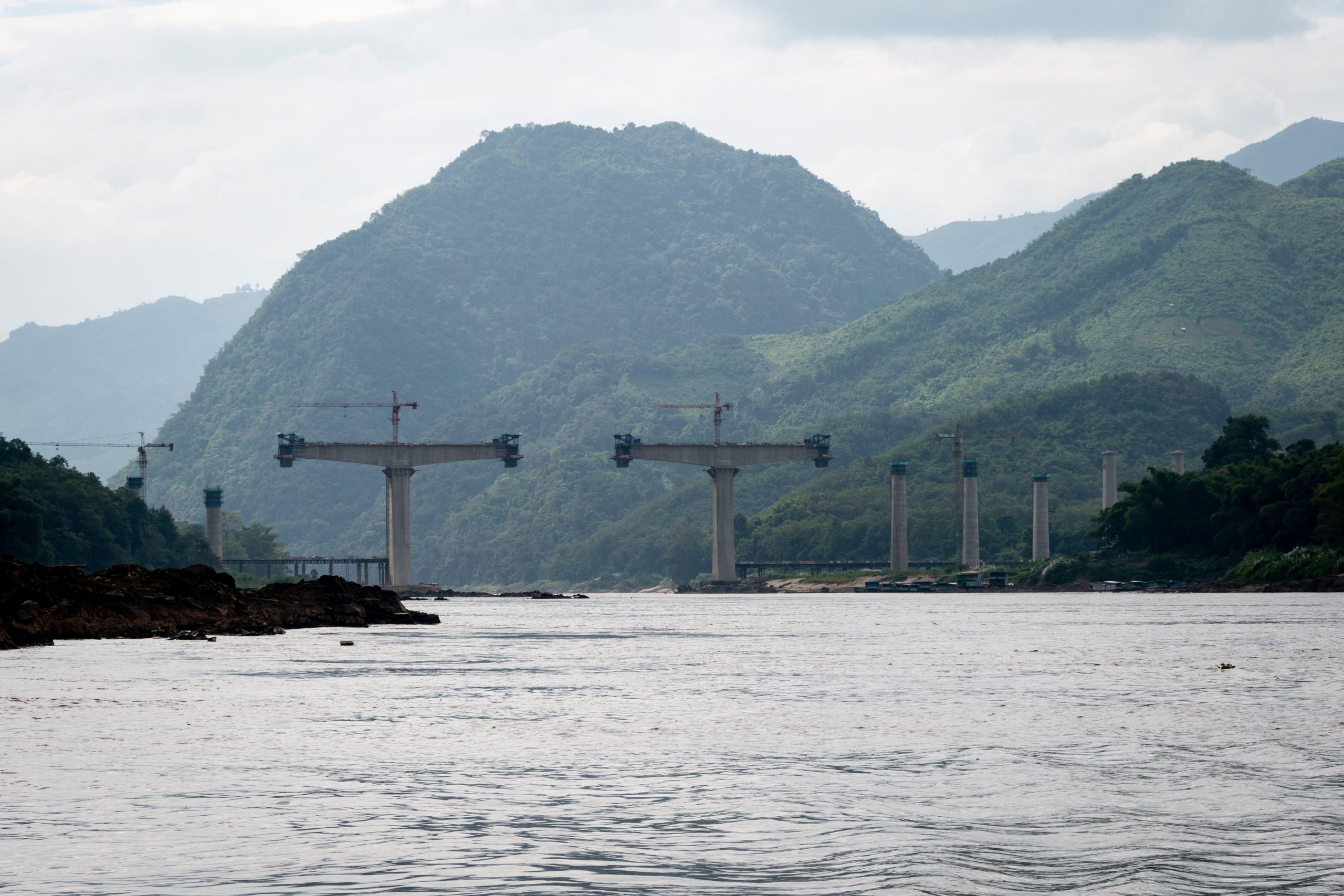
Sinosure, the state-owned company that provides non-payment and political risk insurance for China’s foreign trade and investments, increasingly looks at macroeconomic stability in host countries and requires balanced risk profiles for projects, Tang says.
These are not the only risks that should be considered. “A deeper environmental risk management strategy is needed if the BRI is going to continue to grow,” Ray says.
Notably, guidelines released in January this year by China’s ministries of commerce and ecology and environment provide clearer direction for Chinese companies on how to manage risk along the BRI, and acknowledge that host country standards might be insufficient. CDB, the main financial backer of the BRI, is also developing its own guidelines for environmental and social impact assessments, Tang says.
Rather than a detailed plan, the BRI is better understood as a process of human and infrastructural integration. Its “greening” is also a process, Tang says. This consists of three elements: strong, top-line commitments on shifting finance from ‘dirty’ to ‘clean’ projects; the opening of China’s capital markets for the issuance of green panda bonds, Chinese renminbi-denominated green bonds; and more stringent environmental impact assessments for the entire project cycle, going beyond compliance with local laws and considering international best practices.
Demanding sustainability
The BRI’s alignment with climate and sustainability goals has so far been largely determined by member countries’ demand, and this is sometimes overlooked when considering how “green” it is, Tang says. Recipient countries’ finance ministries and the project pipelines of their infrastructure agencies often determine which BRI projects get the go-ahead.
Christoph Nedopil, director of the Green Finance & Development Center at Fudan University in Shanghai, agrees that there has been insufficient attention on the demand-side. He says better guidelines exist, for example the traffic light system for BRI projects, and their implementation must be accelerated.
“It’s a double-edged sword because China doesn’t want to tell others what types of energy to invest in. Host countries need to take responsibility for the type of projects they want and the projects they can afford,” he says. “It does not help to blame others. Agency is extremely important.”
